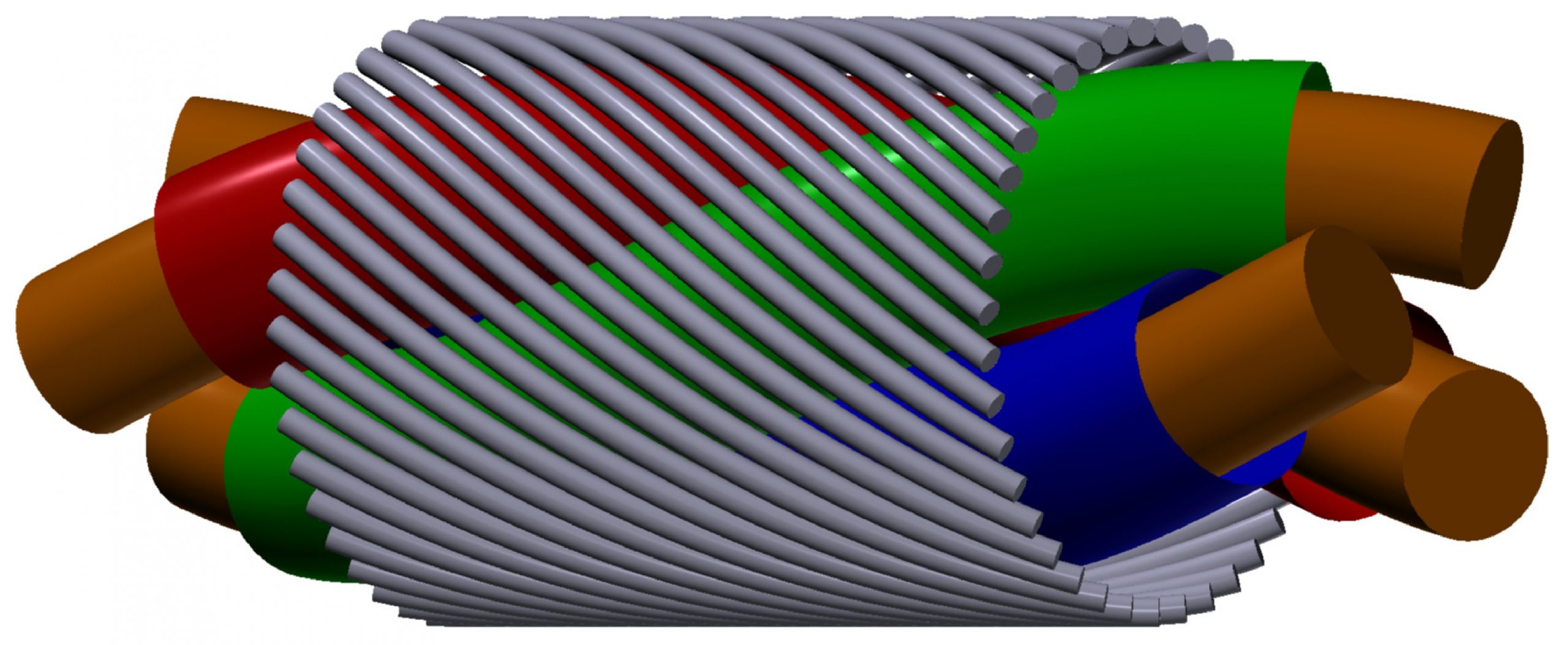Research
Computational electromagnetics (CEM), more specifically:
- Magnetic linear inverse problems
Magnetic linear inverse problems are based on the measurement of magnetic fields. They have been studied in a variety of applications, e.g. current measurement in multiconductor systems, electric arc current density reconstruction in circuit breakers, demining and reconstruction of the electrical activity in the heart.
- Surface impedance boundary conditions
The surface impedance concept is a popular and efficient tool in computational electromagnetics. It gives approximate relations between electromagnetic quantities at the surface of the conductor, so that the conducting region does not need to be included in the mesh and can be “replaced” by surface impedance boundary conditions (SIBCs) in the numerical procedure. SIBCs are widely used in their low order degree of approximation, which does not take into account the curvature of the interface and the variation of the field along the surface. SIBCs of high order of approximation allowing for both mentioned effects have been developed in the frequency domain and time domain to improve accuracy and expand the application area of the surface impedance concept.
- Uncertainty quantification in CEM
Electromagnetic computations rely on the perfect knowledge of material parameters. However, for a wide range of examples in electrical engineering, some uncertainty should be associated with that knowledge in the modeling process. In order to quantify the uncertainty of the output quantities of interest coming from the lack of knowledge of the input material parameters, the Monte Carlo method can be applied. However the convergence is very slow and, if the single deterministic computation is not fast enough, the total computational time becomes prohibitive. The spectral stochastic approach is able to dramatically reduce the computational time.
- Integral formulations for modeling wires and sheets in eddy current problems
The efficient numerical simulation of physical systems comprising a large number of conductive and/or magnetic wires and sheets subject to static or low frequency magnetic fields is required in many applications, e.g. armored power cables, litz wires, reinforced concrete buildings, etc…
The Finite Element Method (FEM) encounters huge problems when it is used for the simulation of the aforementioned physical systems. The objective of the research is then to devise alternative formulations which overcome the FEM limitations. Integral methods are well-suited to this task.
- Numerical simulation of the electric field in HVDC cables
Accurate modeling and simulation of electric field transients in HVDC cables is an important
support to optimize insulation system design and to evaluate the influence of voltage transients and steadystate
conditions on accelerated ageing mechanisms and insulation reliability.
